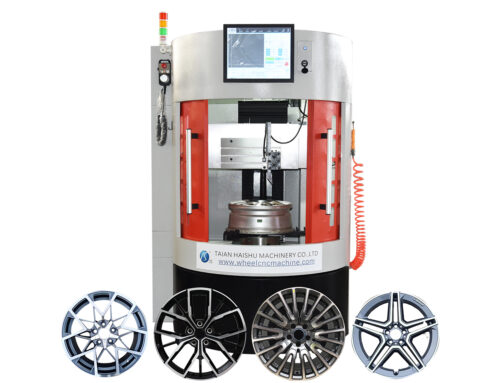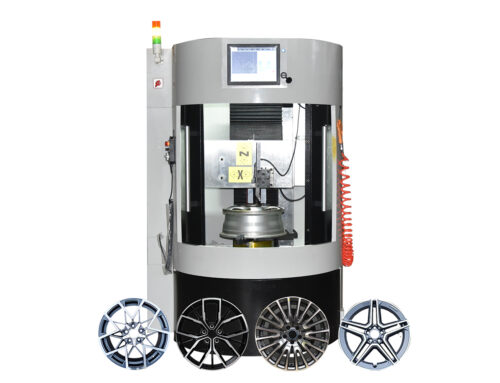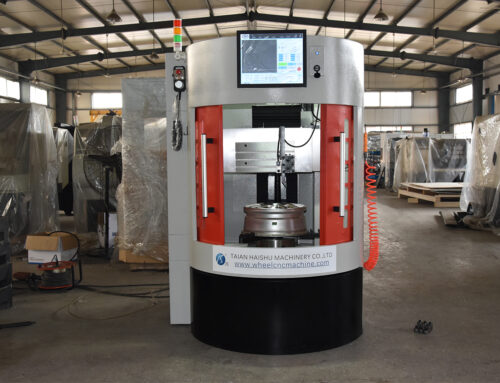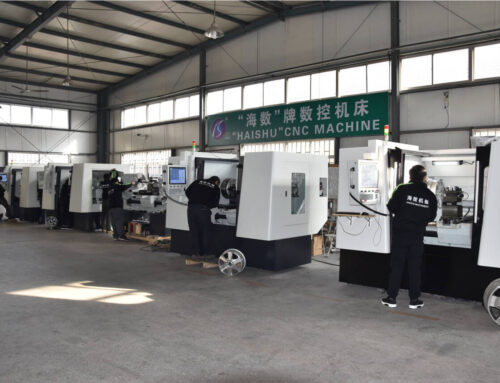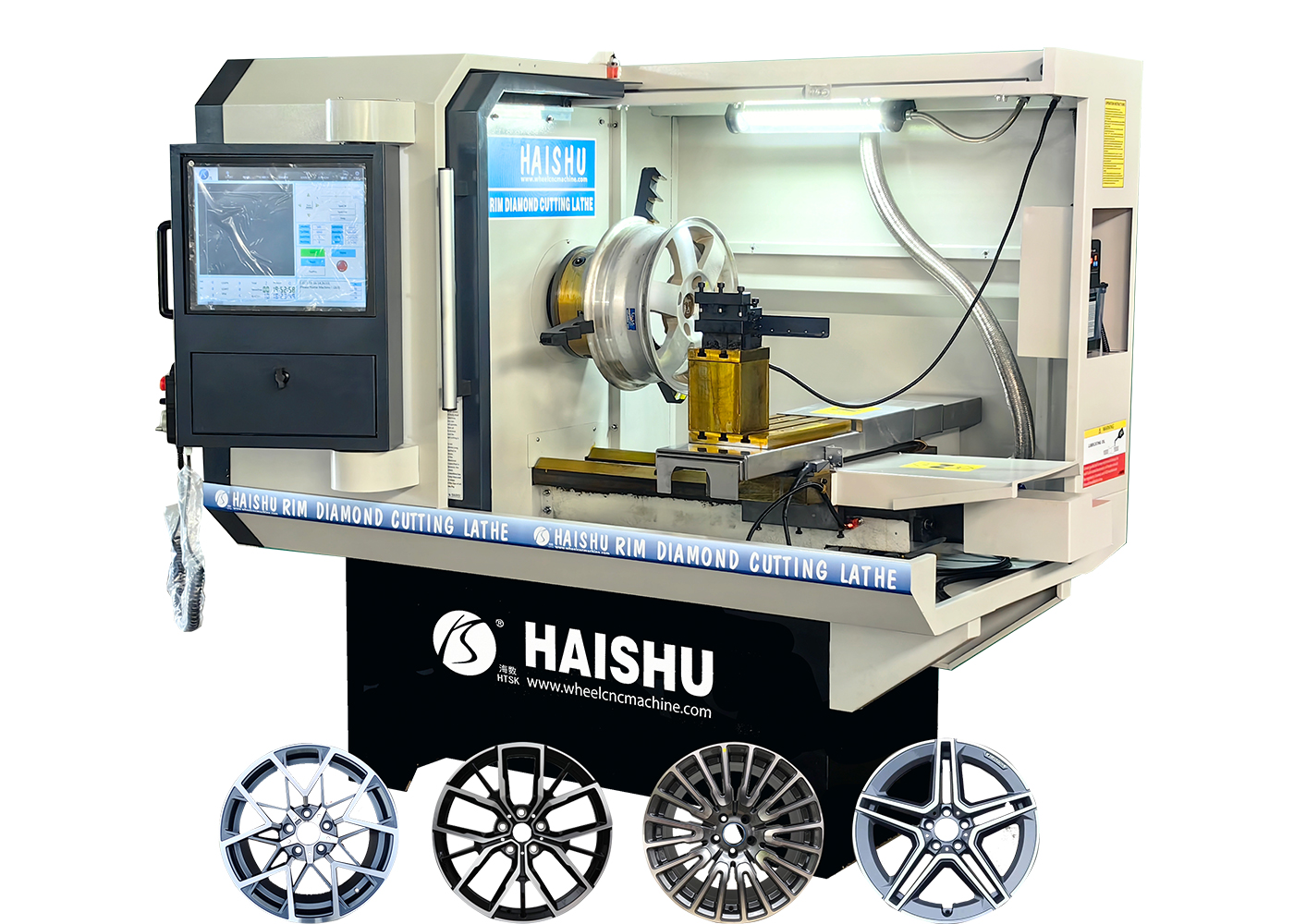
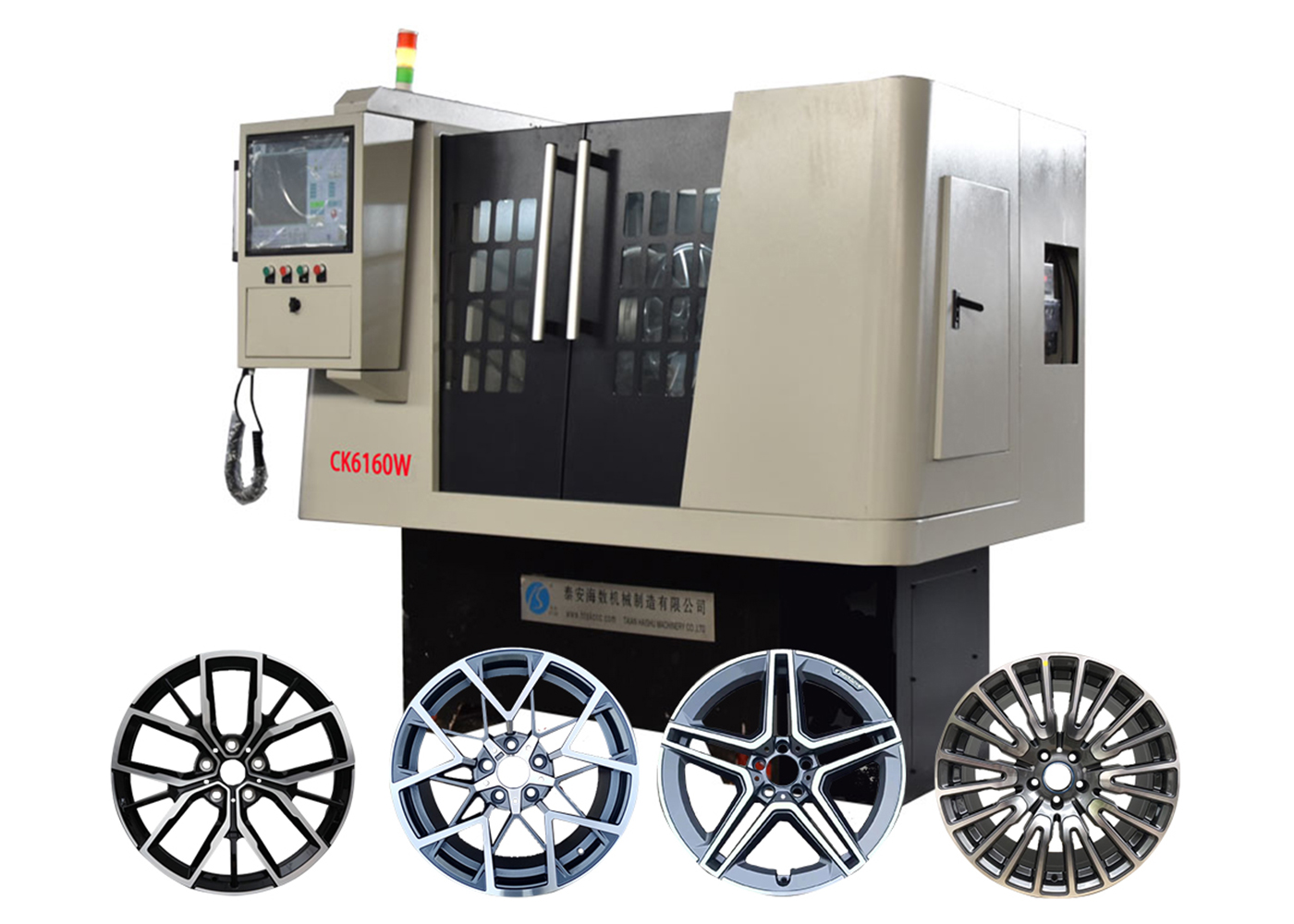
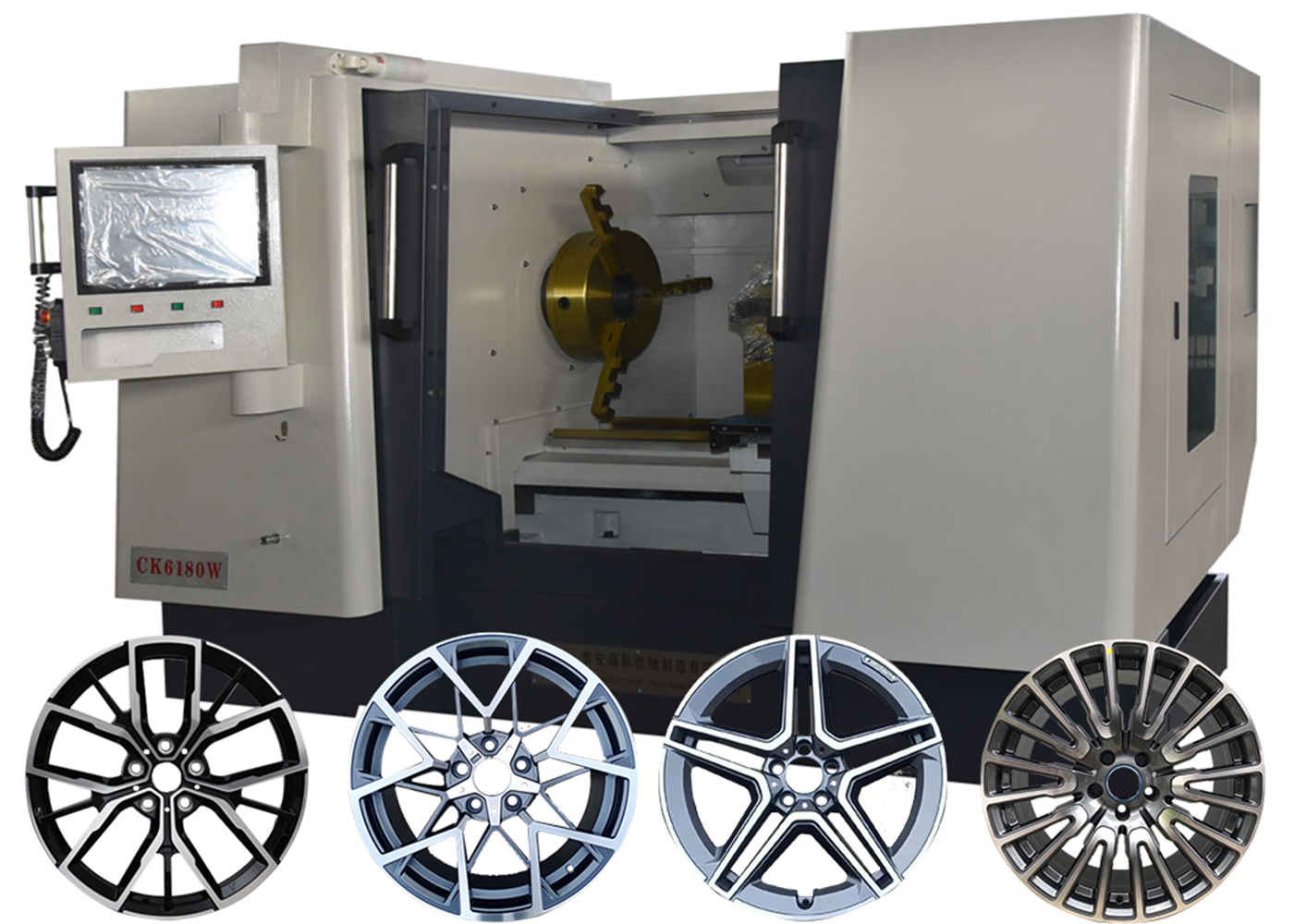
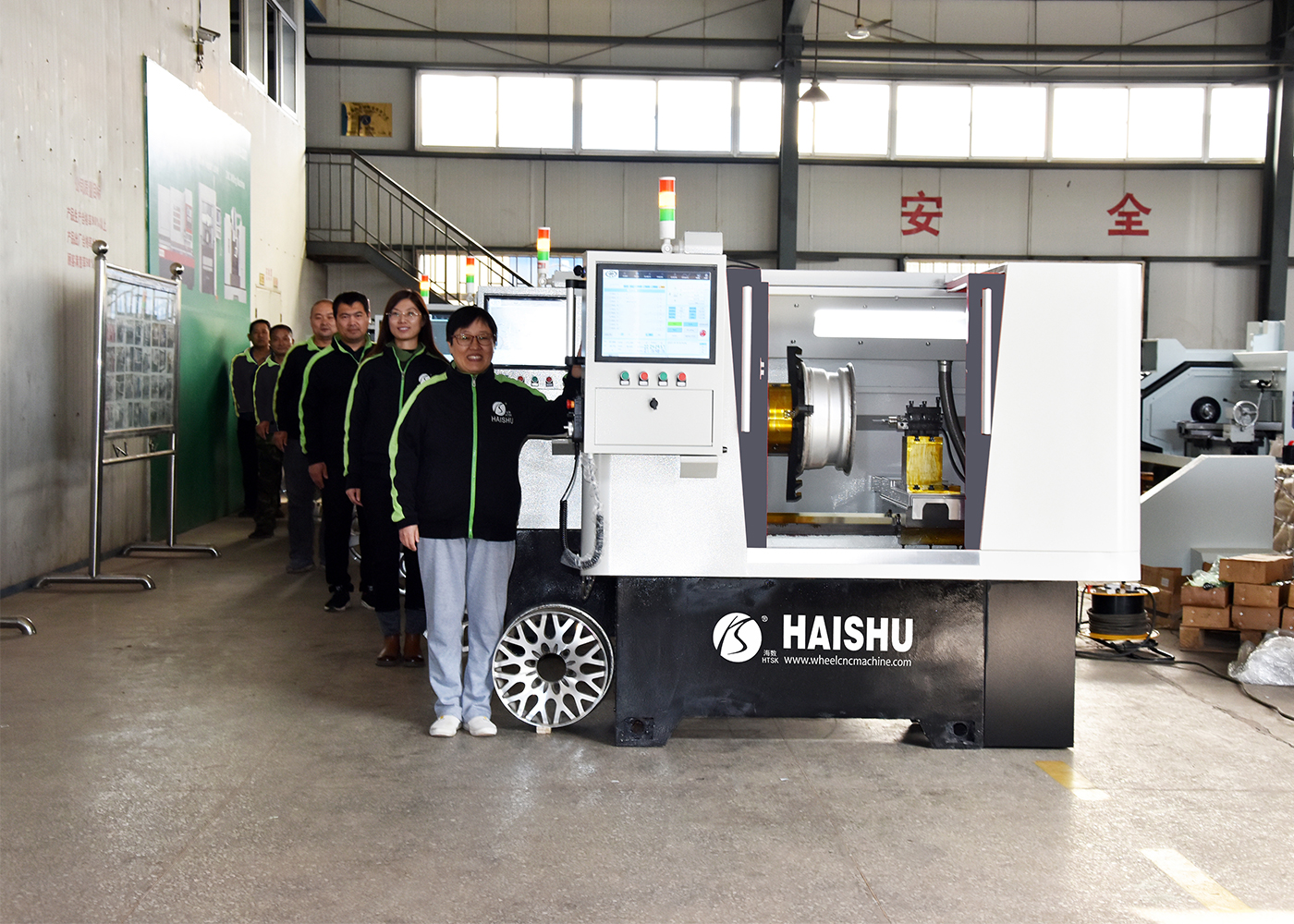
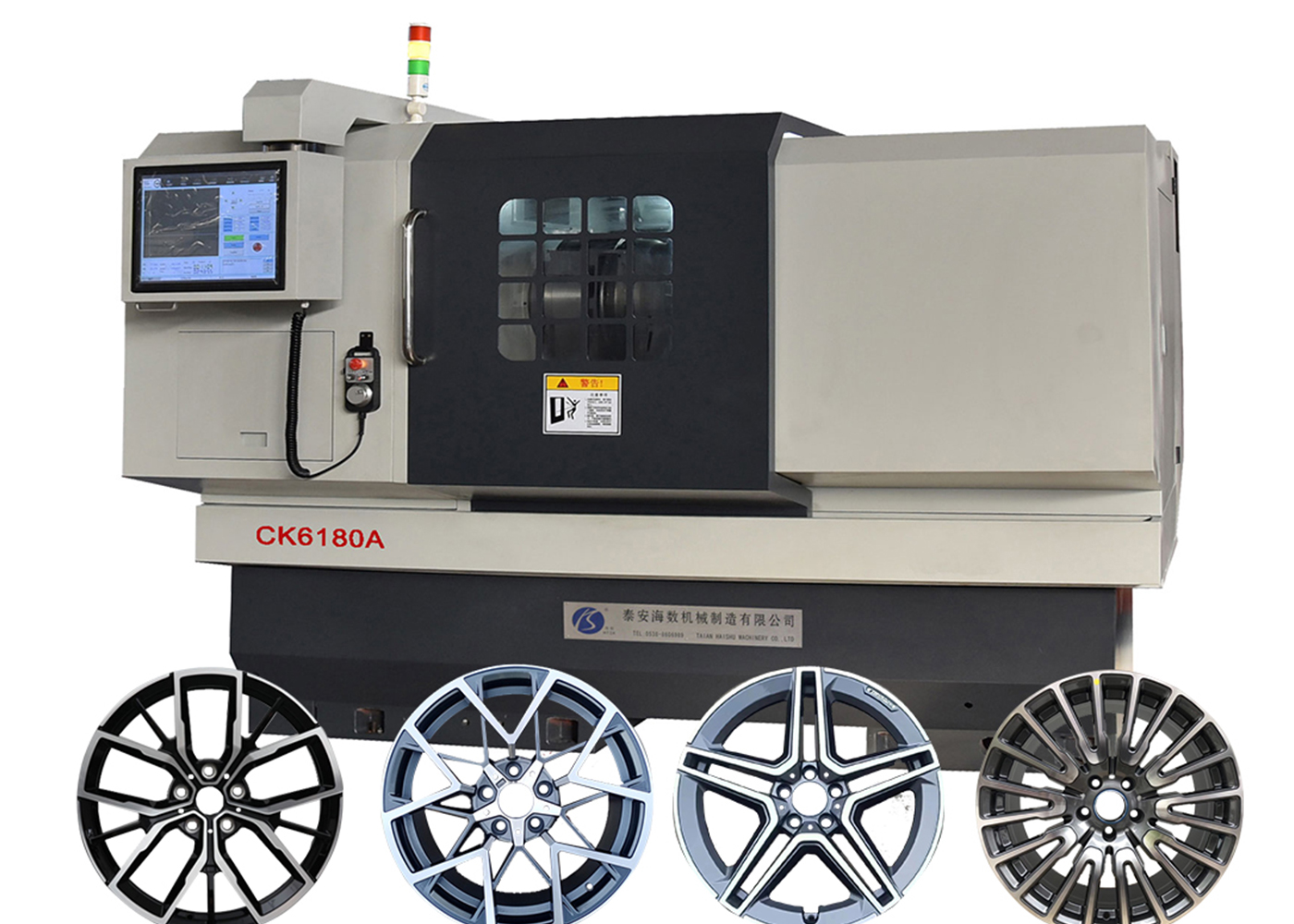
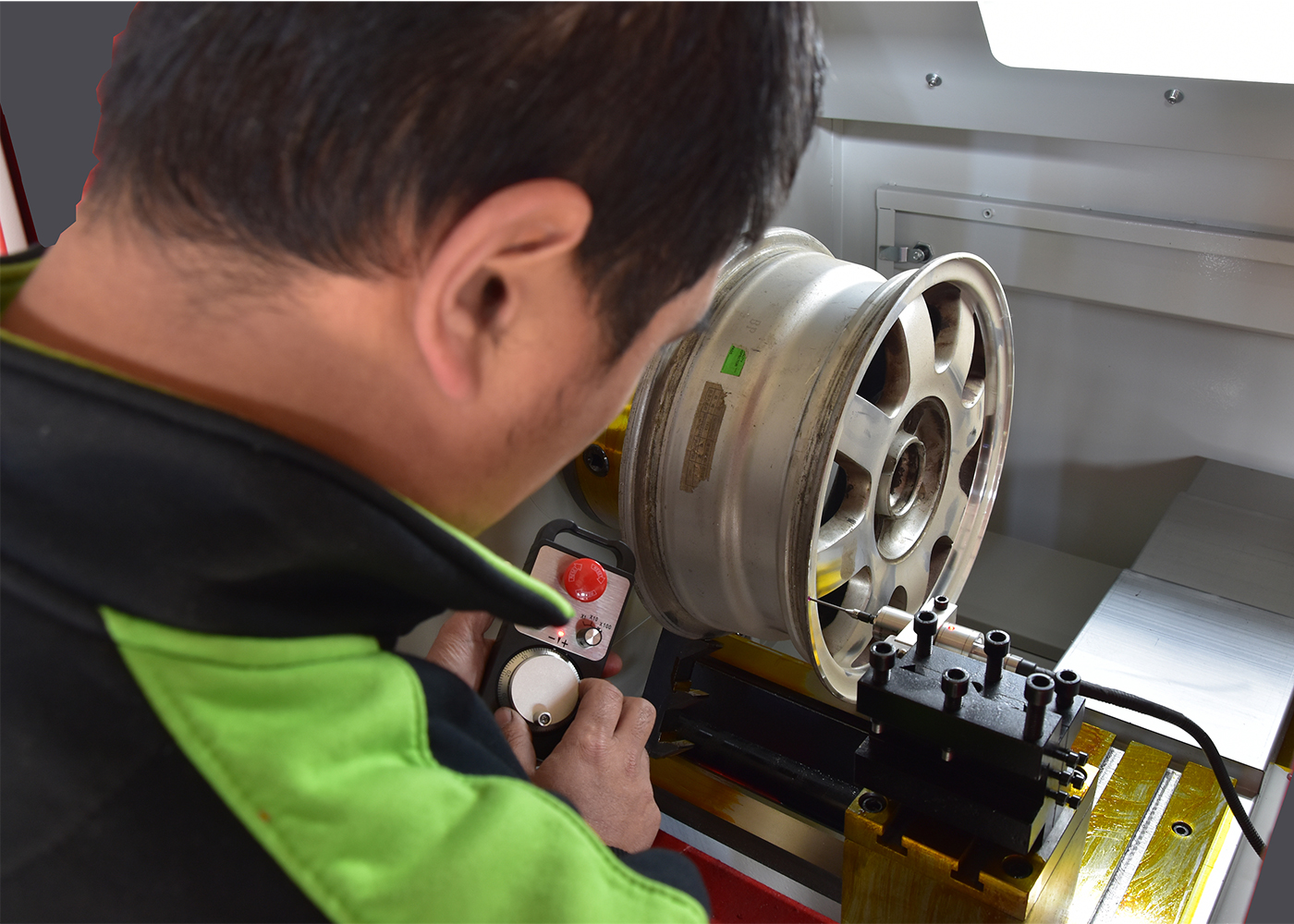
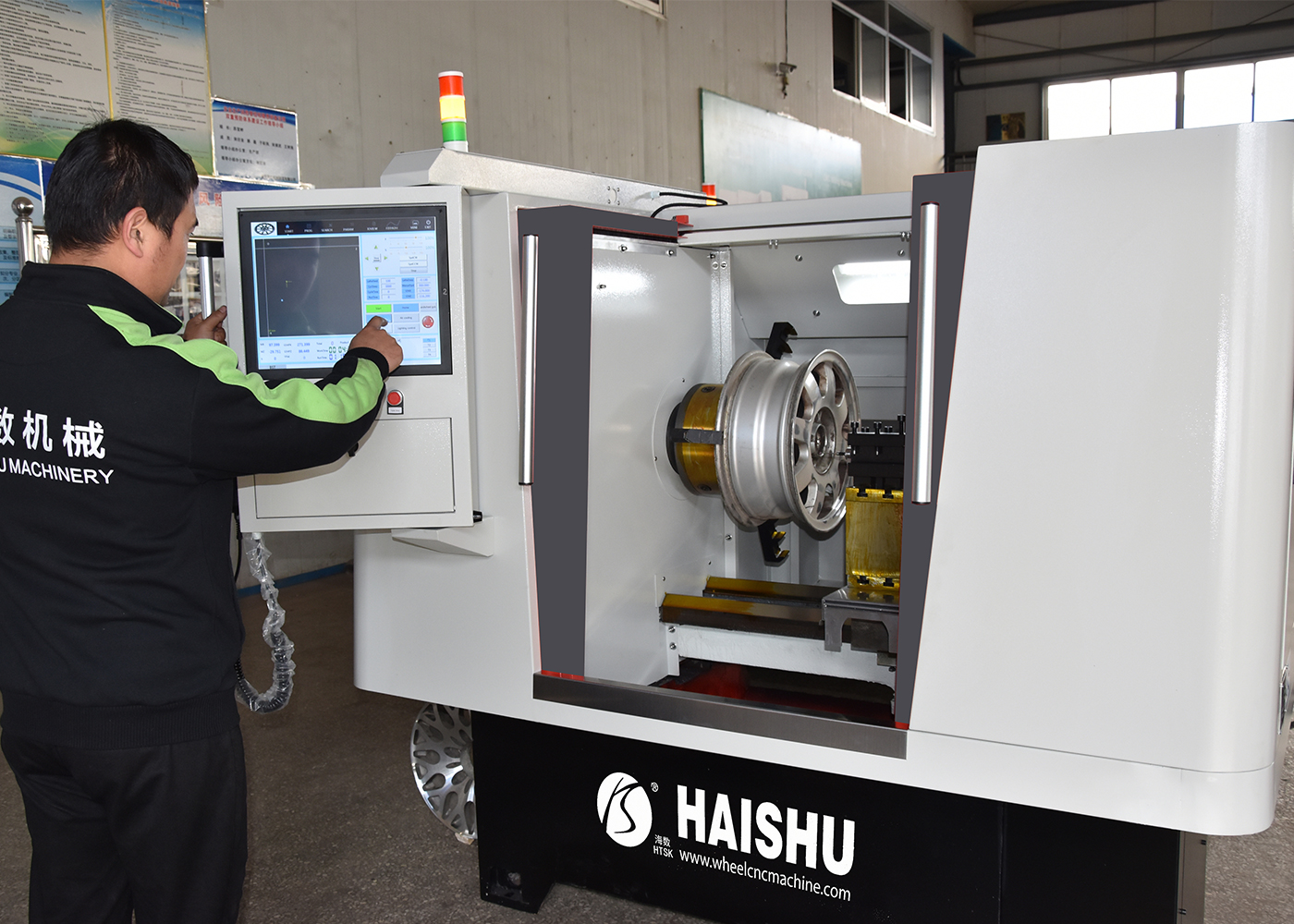
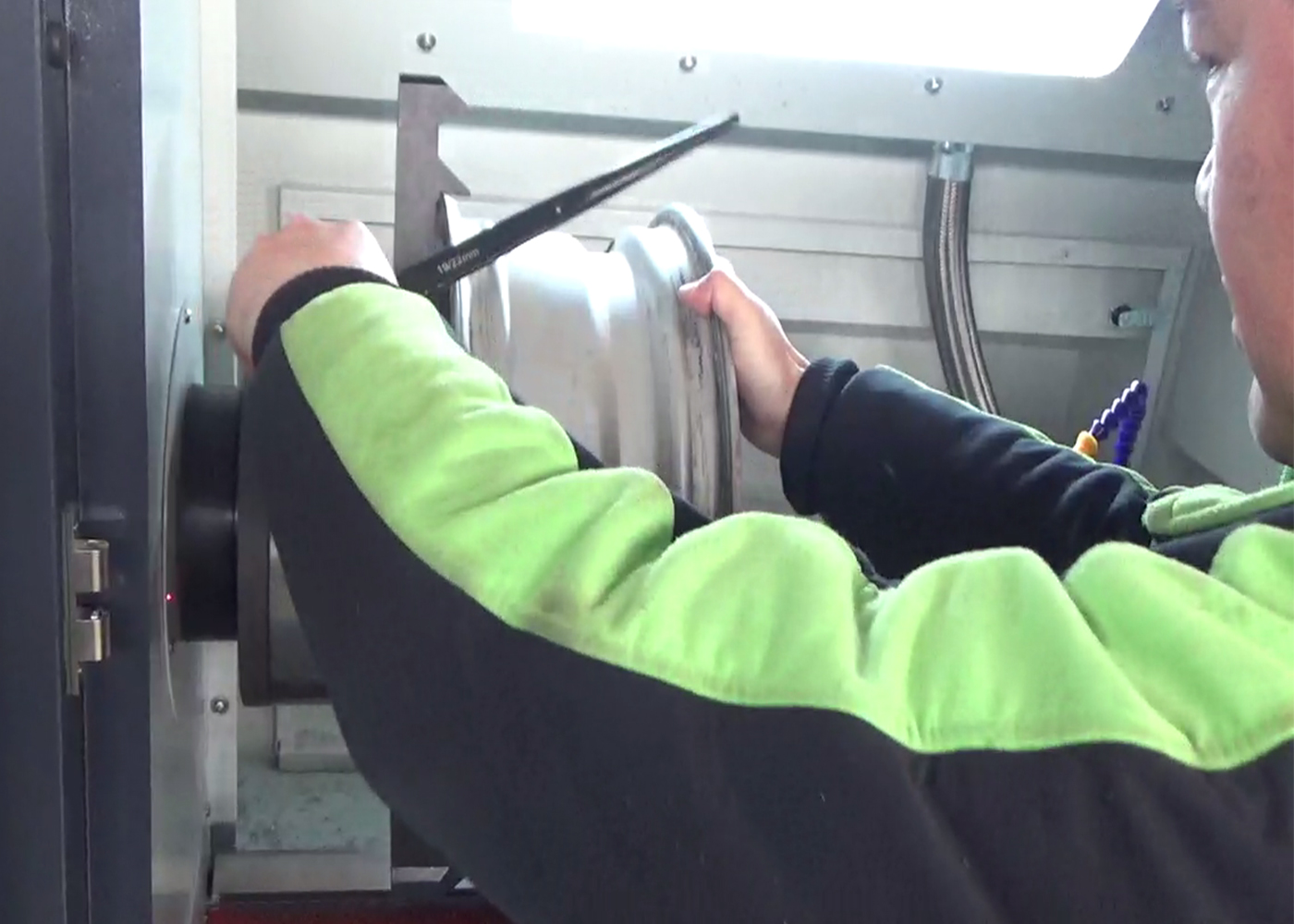
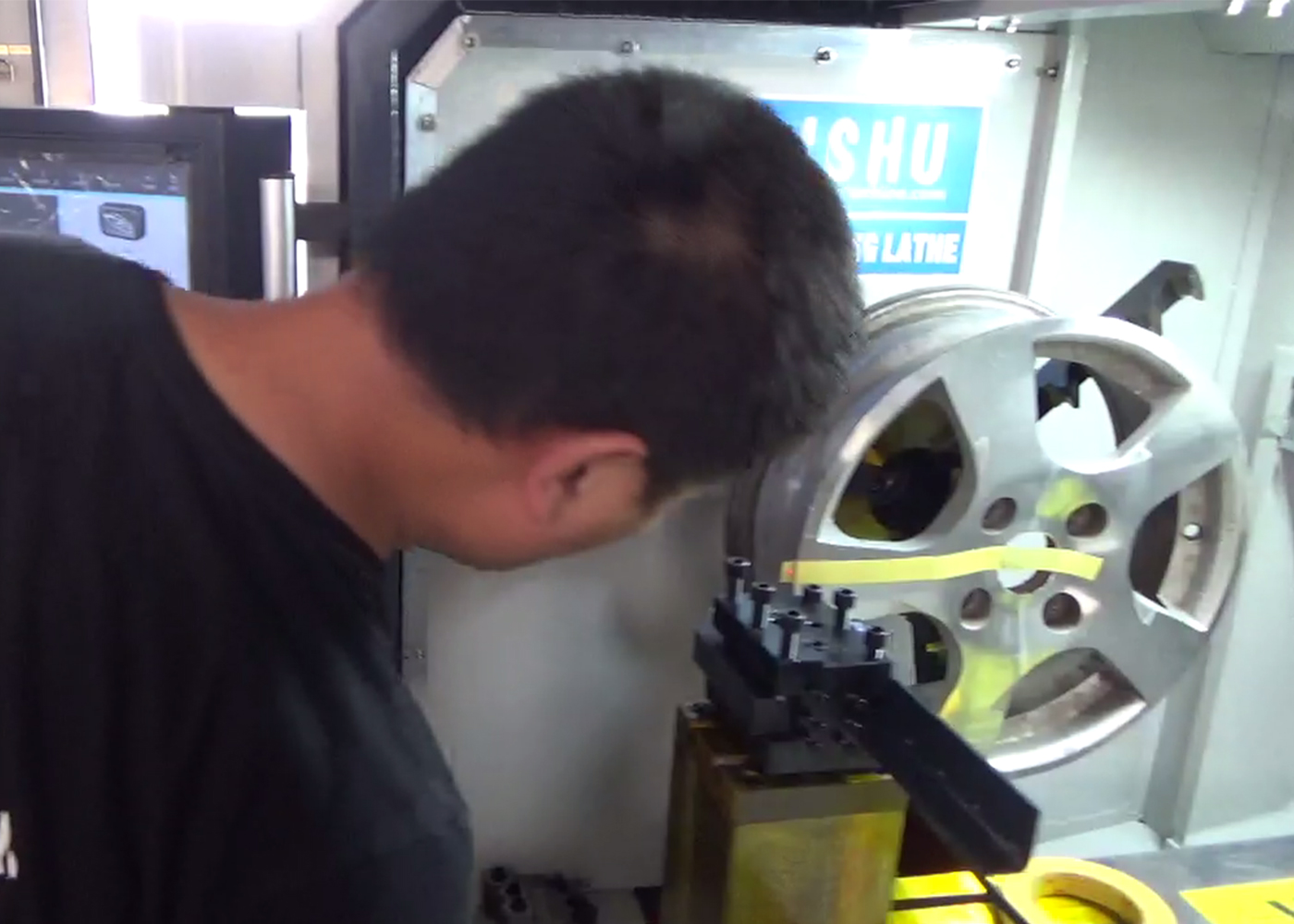

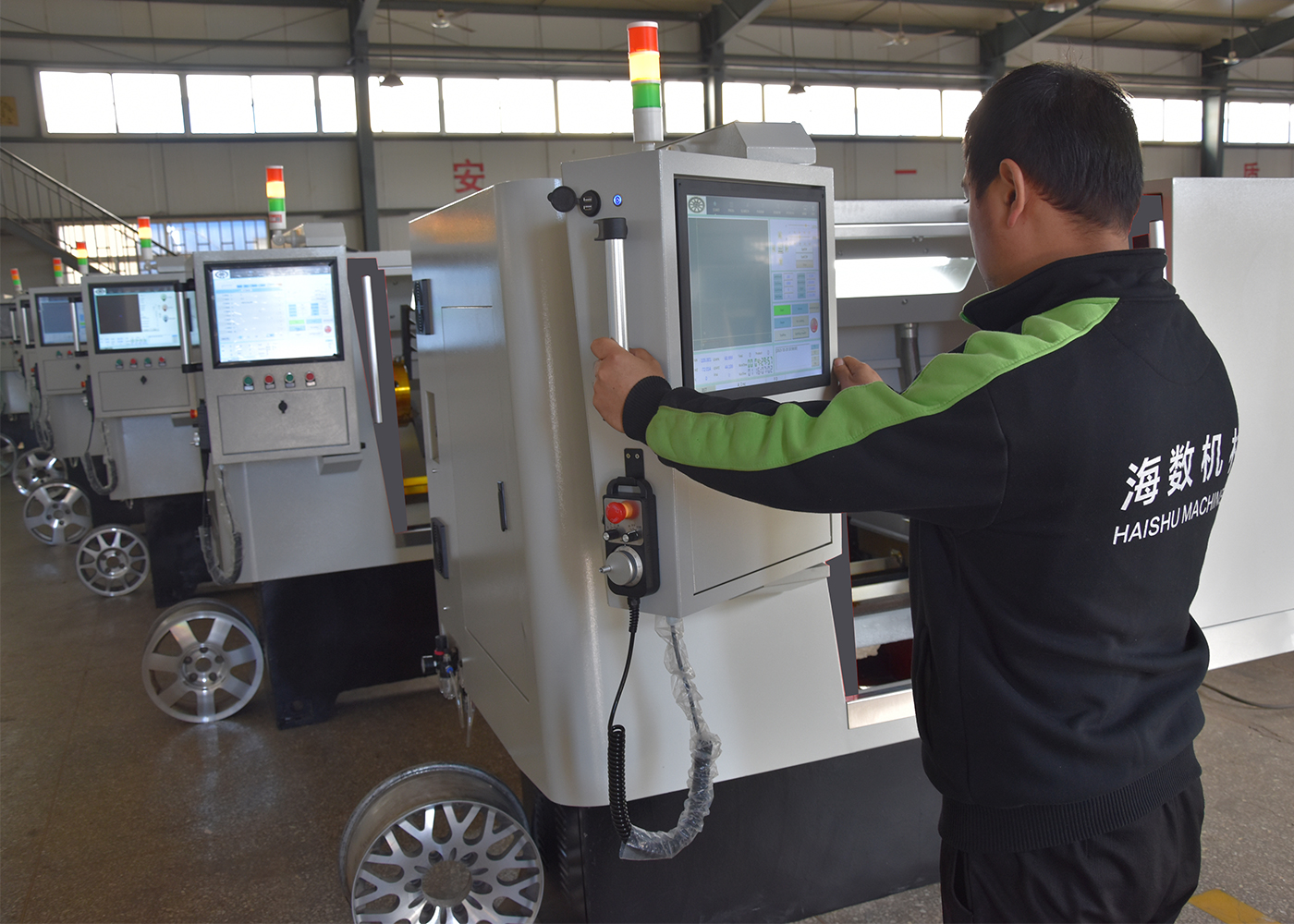
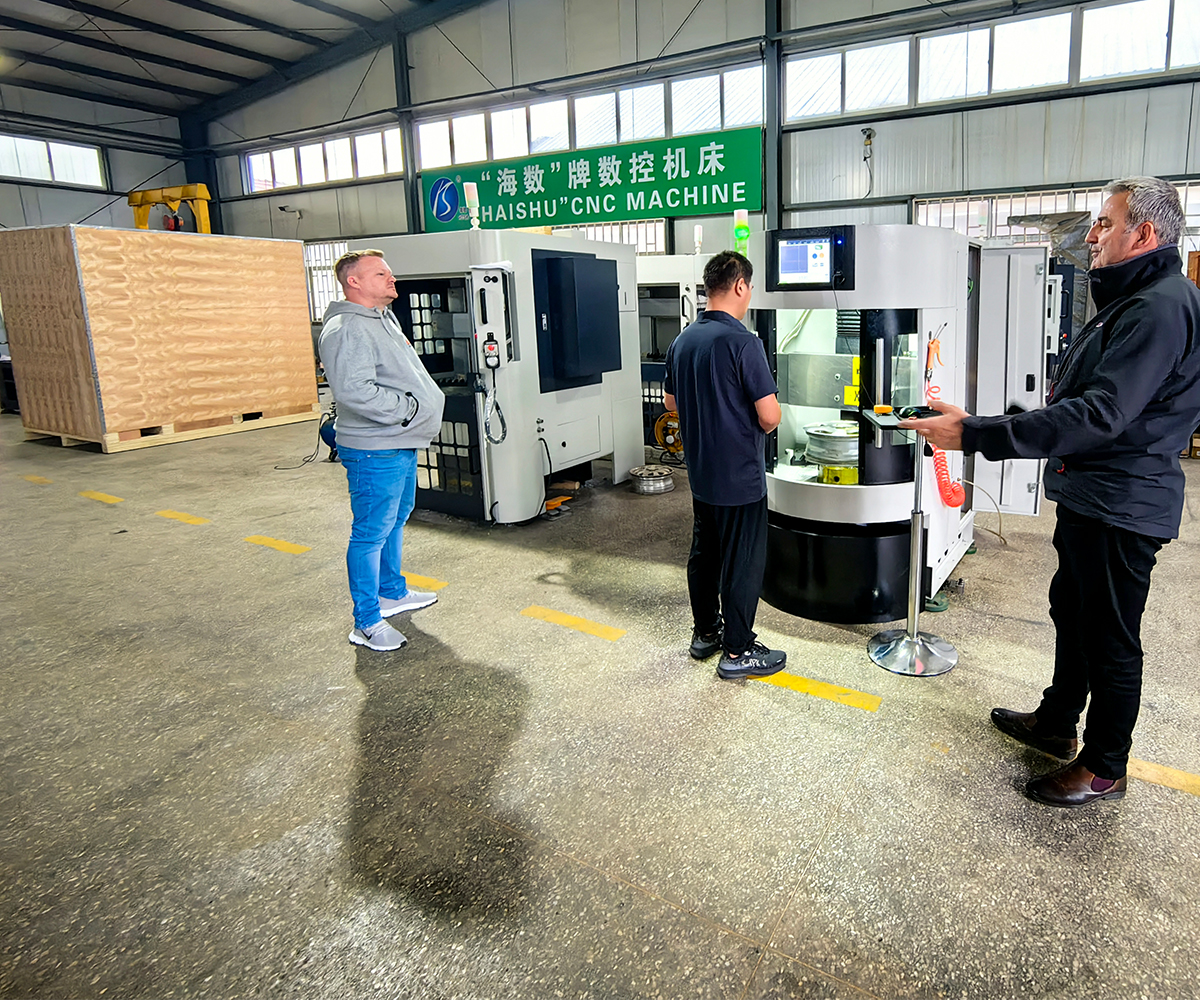
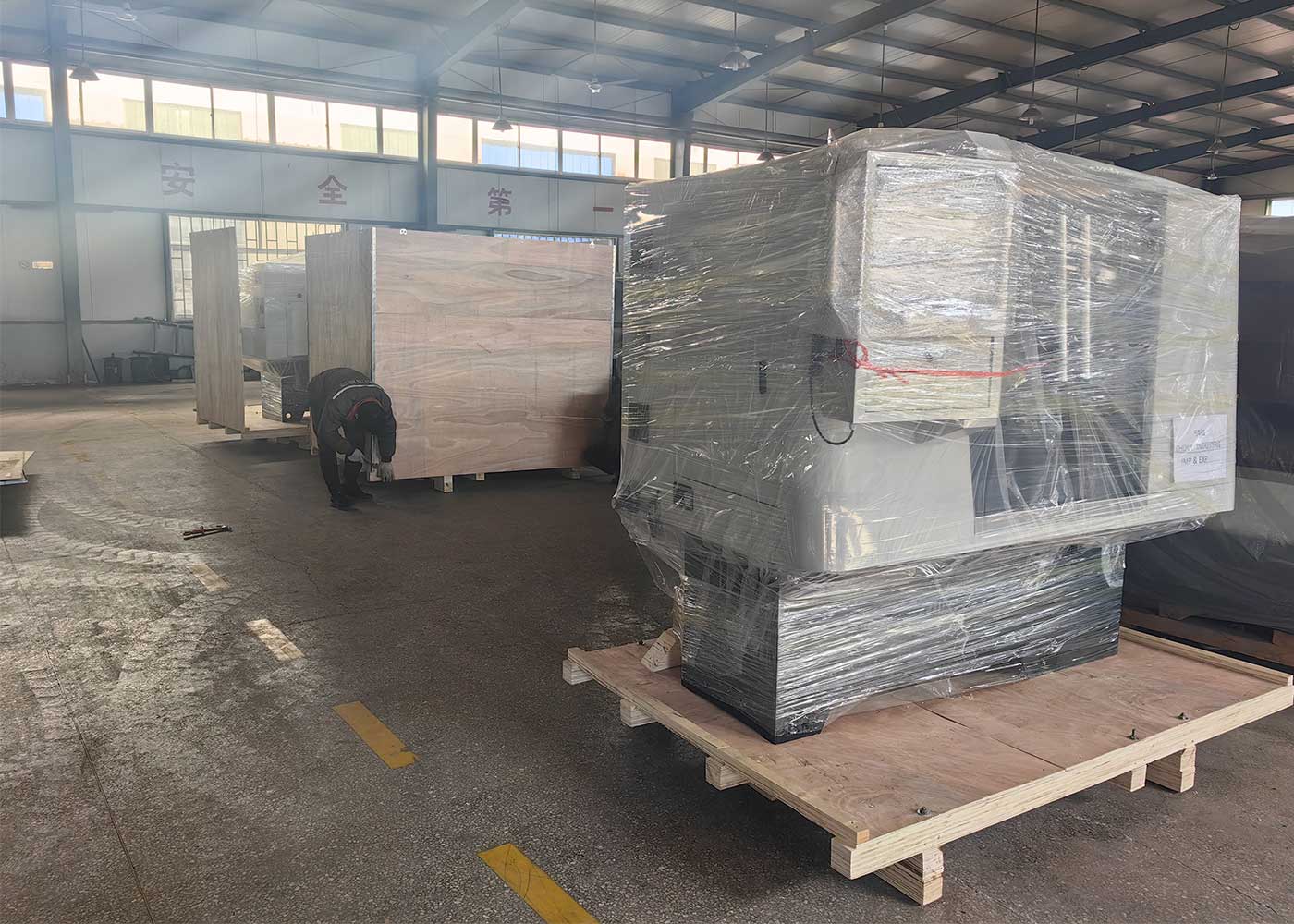
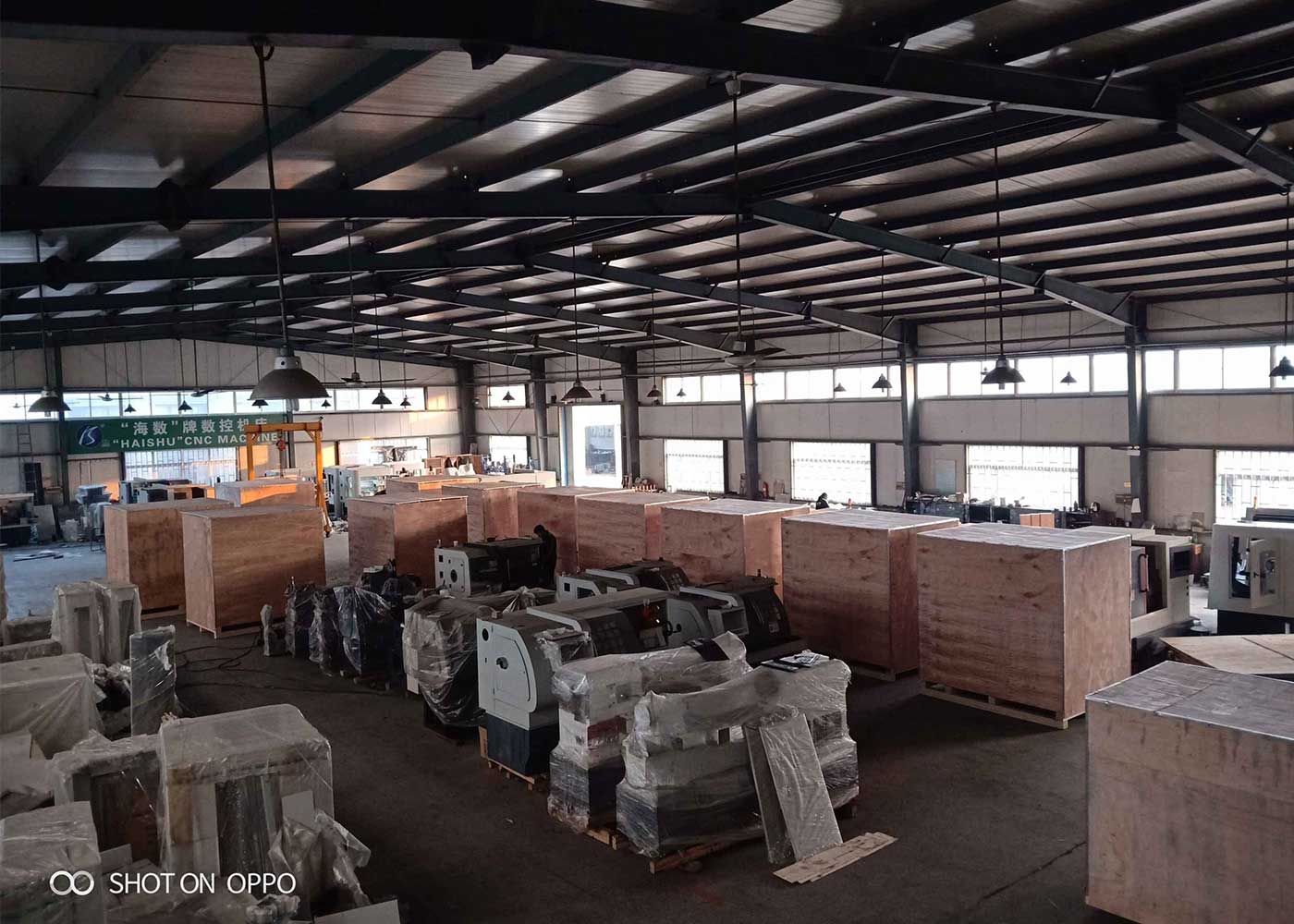
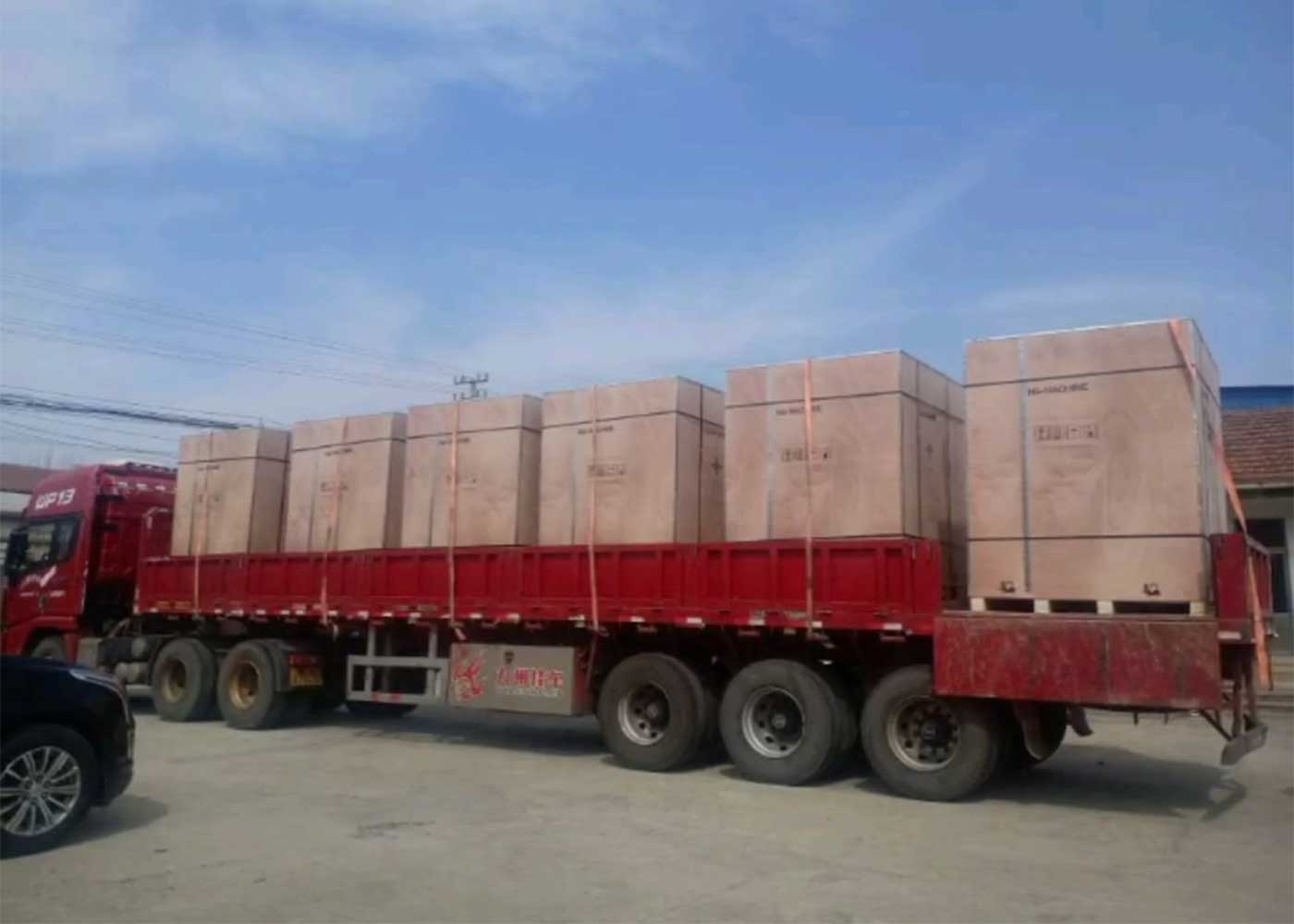
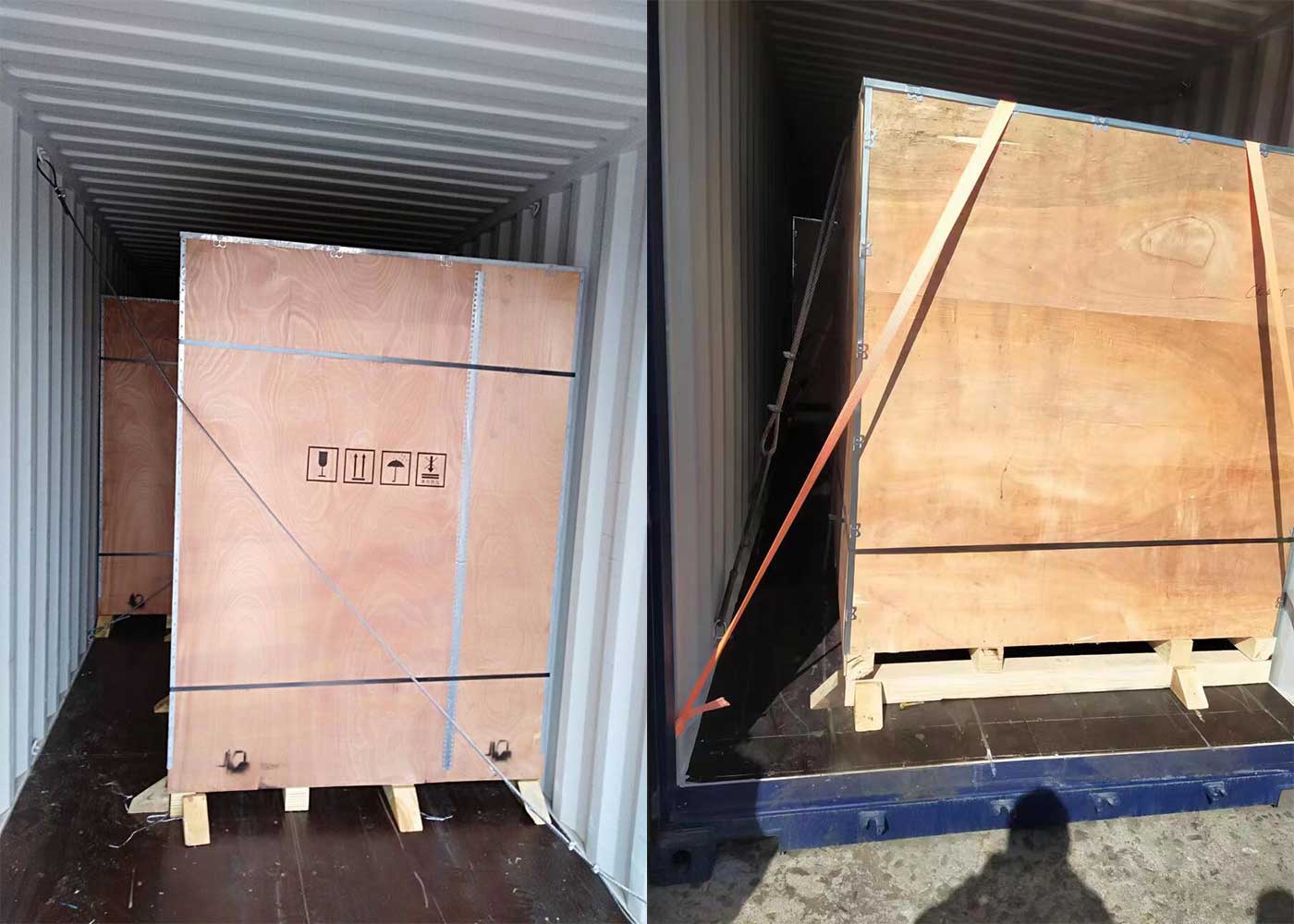
Introduction to the Horizontal Wheel Repair Lathe
Overview of the Horizontal Wheel Repair Lathe
The horizontal wheel repair lathe is an innovative piece of equipment engineered specifically for the restoration and repair of automotive wheel hubs. The defining characteristic of this wheel repair machine is its horizontally oriented bed, with the wheel hub clamped vertically for precision machining. This arrangement facilitates accurate cutting and finishing, effectively removing surface damages such as scratches, indentations, or distortions, thus restoring the wheel’s original contour and balance.
Significance in the Automotive Repair Sector
Within the automotive repair industry, the horizontal wheel repair lathe is indispensable. Wheels are the sole contact point with the road during vehicular motion, making them susceptible to damage. Damage to wheels can compromise not only the vehicle’s aesthetic but also its performance, affecting handling stability, shock absorption, and tire wear.
The Imperative of Wheel Repair for Vehicle Upkeep
Maintaining the integrity of wheels is critical for vehicle safety and upkeep. Compromised wheels can result in uneven tire wear, shortened tire lifespan, and an elevated risk of tire blowouts. Wheel imbalance also exerts additional strain on the suspension system, detracting from the driving experience. Regular wheel servicing and maintenance bolster vehicle safety, prolong its service life, and curtail long-term maintenance expenses.
By efficiently refurbishing wheels, the wheel repair lathe ensures the wheels retain proper balance and structural integrity, contributing significantly to the maintenance of automotive performance and safety. For auto repair shops, this wheel CNC machine is a vital tool for delivering professional wheel repair services, drawing customers, enhancing service quality, and ultimately boosting business revenue. It stands alongside vertical wheel repair lathe as a cornerstone in the wheel repair industry.
Understanding the Horizontal Wheel Repair Lathe
Functionality
The horizontal wheel hub repair lathe operation starts with the alignment of the wheel hub to make sure it conforms to the machining requirements before repair. The hub is then mounted and secured vertically on a specially designed-fixture to ensure stability during the repair process.
A laser scanner or probe swiftly and accurately measures the hub’s surface to gather detailed data, which is processed by advanced algorithms to create a CNC machining program. This process is designed to optimize the repair path for efficiency and precision.
Subsequently, specialized cutting tools on the CNC lathe precisely machine the hub, removing all damages or irregularities, restoring its original smoothness and appearance, and ensuring the hub looks and performs like new.
After machining, the hub is measured again to ensure the repaired product meets the safety standards and quality requirements of the vehicle manufacturer. This precise series of operations guarantees comprehensive restoration of the hub’s performance and appearance, as well as the safety of the vehicle on the road.
Horizontal Advantages
The benefits of the horizontal wheel repair lathe can be understood from several aspects:
- Improved Stability and Support: The horizontal bed provides a solid foundation, helping to support and stabilize the wheel, reducing vibrations during machining, and thus increasing precision.
- Ease of Operation: This design means heavy hubs don’t need to be lifted high for clamping, reducing the physical strain on operators and lowering safety risks.
- Effective Cutting Force Management: The horizontal configuration helps manage cutting forces more effectively in the horizontal plane, which can improve cutting efficiency and reduce errors during cutting.
- Ease of Chip Removal: With the hub placed vertically, chips fall off the surface easily, helping to keep the work area clean and preventing scratches on the machined surface from chips.
- Space Utilization: Horizontal lathes occupy space horizontally rather than vertically, which can better accommodate workshop space constraints.
- Suitable for Various Wheel Sizes: This design often allows the lathe to accommodate hubs of different diameters and widths, offering repair possibilities for a wide range of wheel sizes.
- Improved Working Environment for Operators: Operators can more easily monitor and control the machining process as the vertical orientation of the hub is more accessible and visible compared to vertical wheel repair lathes.
Key Components of a Horizontal Wheel Repair Lathe
Essential Parts
The horizontal wheel repair lathe is a crucial piece of machinery with several key components designed for precision and stability during the repair process. Let’s explore these fundamental parts:
Spindle
The heart of the lathe, the spindle, is the rotating axis that ensures accurate and smooth cutting operations, crucial for wheel repair tasks.
Chuck
The chuck is used to securely hold the wheel hub in place, preventing any movement during machining, which is vital for the integrity of the repair work.
Tool Turret
The tool turret holds various cutting tools and allows for quick changes to adapt to different cutting needs, enhancing the lathe’s versatility.
Probes
There are two types of probes in use:
- Laser Probes for rapid data acquisition.
- Touch Probes which are slightly slower but offer strong adaptability to various environments.
Control Panel
The control panel is the user interface for inputting machining programs and monitoring and controlling the entire machining process, pivotal for precision and safety.
Applications of the Horizontal Wheel Repair Lathe
Types of Wheel Damage Reparable
The horizontal wheel repair lathe is capable of fixing various types of wheel damage, including:
- Scratches and Gouges: Common surface damage from contact with curbs or minor collisions.
- Dents and Bends: Deformations from heavier impacts like potholes.
- Corrosion: Rust and corrosion from long-term exposure to harsh environments.
- Oxidation and Discoloration: Color changes or darkening due to oxidative effects.
- Minor Cracks: Small cracks that don’t compromise structural integrity can also be professionally repaired.
Typical Users
- Auto Repair Shops: Providing a broad range of vehicle maintenance services, these shops can expand their offerings with wheel repair lathes, giving customers more comprehensive repair options.
- Alloy Wheel Repair Specialists: Experts who specialize in refurbishing alloy wheels, with in-depth knowledge and advanced repair techniques.
- Customization Garages: Those offering personalized services use these machines for repairing or customizing wheels for aesthetic and performance enhancements.
- Wheel Manufacturers and Refurbishers: Businesses that repair second-hand wheels or refurbish old ones for resale purposes.
Discussing Long-Term Cost Benefits
Sustained Cost Efficiency
- Reduced Tool Wear: Stable machining environments and effective coolant application lessen tool wear, extend tool life, and decrease replacement frequency.
- Minimized Material Waste: Precision machining reduces material waste from errors, enhancing material utilization.
- Lower Labor Costs: Increased automation capabilities reduce reliance on skilled technicians, thus lowering long-term labor costs.
- Higher Equipment Utilization: The versatility of horizontal lathes means higher machine usage rates and improved return on investment.
- Maintenance Ease: Horizontal lathes are typically easier to clean and maintain due to their structural advantages, reducing downtime and maintenance costs.
Conclusion: The Role of Horizontal Wheel Repair Lathes in Vehicle Safety and Integrity
Key Benefits of Horizontal Wheel Repair Lathes
Horizontal wheel repair lathes play a critical role in maintaining wheel integrity and safety. By precisely removing damaged sections and restoring wheels to their original shape, these machines maintain wheel balance and structural integrity, which is crucial for ensuring safe vehicle operation. Properly repaired wheels can reduce vibrations while driving, extend tire life, and lower the risk of tire blowouts, thereby protecting the safety of drivers and passengers.
Value Addition of Wheel Repair Lathes to Repair Services
- Enhanced Service Quality: High-precision repairs improve service quality, enabling repair workshops to handle more complex tasks.
- Expanded Service Range: With the use of lathes, repair shops can broaden the range of services they offer, including those for wheels of various materials and designs.
- Increased Customer Satisfaction: Rapid and high-quality repair services enhance customer satisfaction and, in turn, customer loyalty.
- Competitive Advantage: Workshops equipped with advanced repair equipment can stand out in the market, attracting more clientele.
Benefits for End Users
- Cost Savings: Repairing wheels instead of replacing them can save significant expenses for vehicle owners.
- Time Efficiency: The quick repair process shortens the downtime of the vehicle.
- Safety Assurance: Wheels restored to near-new condition ensure safe driving.
- Eco-Friendliness: By repairing rather than discarding old wheels, waste is reduced and the demand for new resources is lessened.
In summary, horizontal wheel repair lathes not only provide value-added opportunities for automotive repair service providers but also offer tangible economic and safety benefits for end users.
Call to Action: Elevate Your Service with a Horizontal Wheel Repair Lathe
Step into the Future of Wheel Servicing
Are you interested in utilizing a horizontal wheel repair lathe to enhance your service quality, increase efficiency, or expand your business scope? I strongly encourage you to explore further and take decisive steps toward this advancement.
1. Gather Information
Stay Informed: Begin by gathering information through online searches, reading industry publications, attending trade shows, or seminars. Understanding the latest technology and market trends will help you make informed decisions.
2. Connect with Suppliers
Reach Out to HAISHU: As a provider of horizontal wheel repair lathes, HAISHU offers in-depth product knowledge and case studies. Do not hesitate to contact them for detailed information on lathe models, technical specifications, pricing, and service support.
3. Consider Training
Skill Development: Operating high-precision machinery requires specialized knowledge and skills. Consider enrolling in training courses offered by HAISHU or other certified bodies to ensure your operators can use the lathe safely and efficiently, maximizing its potential.
4. Plan a Visit
Experience Firsthand: If possible, arrange to visit HAISHU’s or other manufacturers’ production bases or showrooms. Experiencing the equipment firsthand and interacting with technical experts will provide you with a clearer understanding.
5. Join the Community
Engage with Peers: Join relevant online forums or social media groups to exchange ideas with industry peers. Learning from their experiences and sharing your questions or insights can help integrate you into the community more quickly.
6. Seek Industry Consultation
Tailored Guidance: If you require more customized advice, consider hiring an industry consultant. They can assist in assessing your business needs, selecting the right equipment, and formulating long-term strategic plans.
By following these steps, you can gain a better understanding of the world of horizontal wheel repair lathes and make wise decisions to foster your business growth. Remember, every investment—whether in time or resources—has the potential to become a vital capital for enhancing your service quality and business outcomes.
